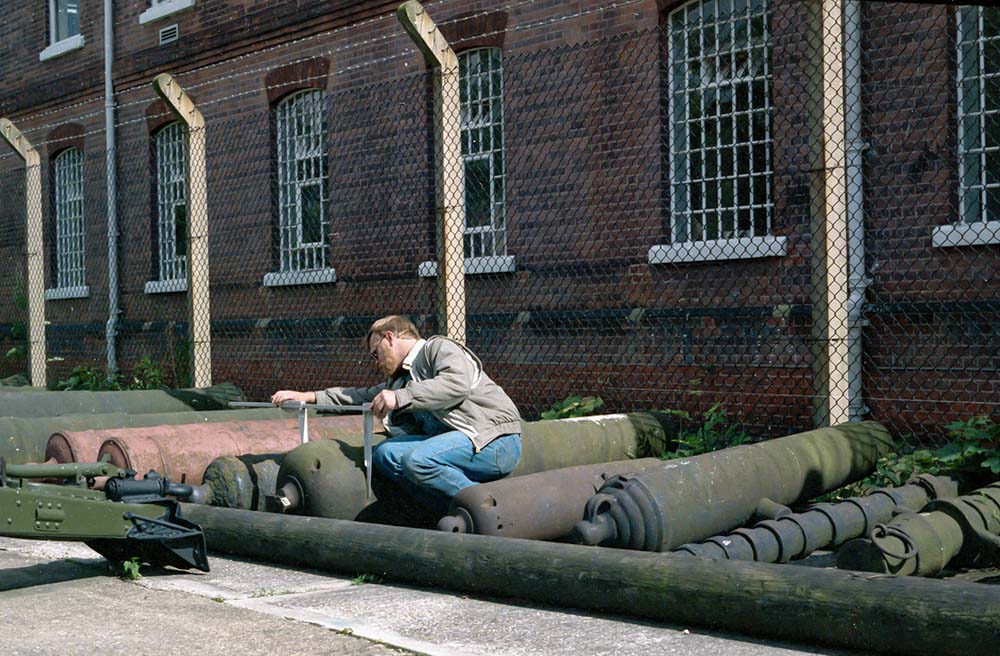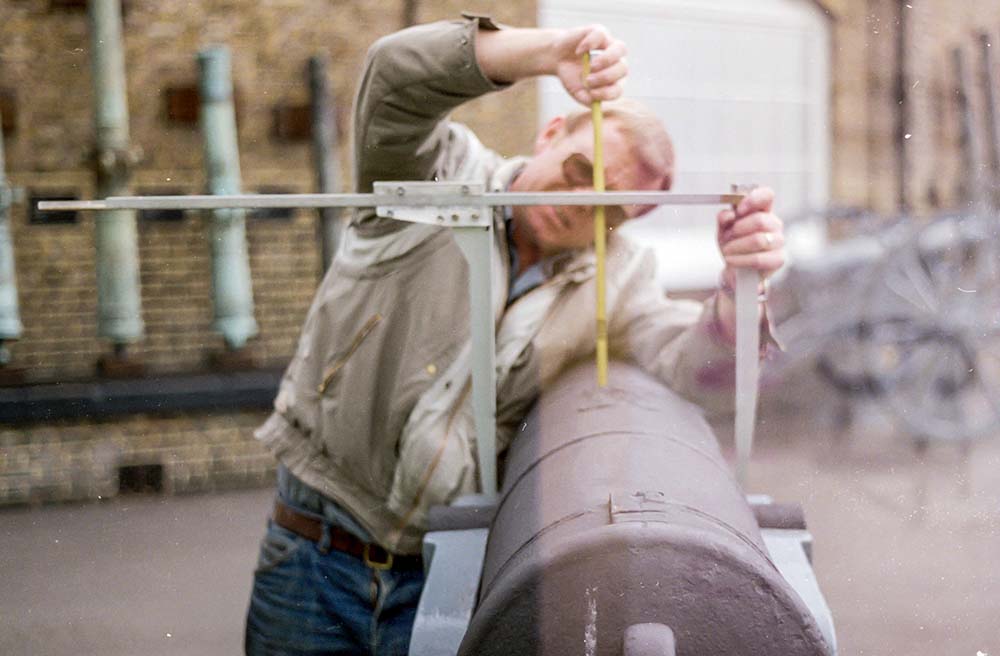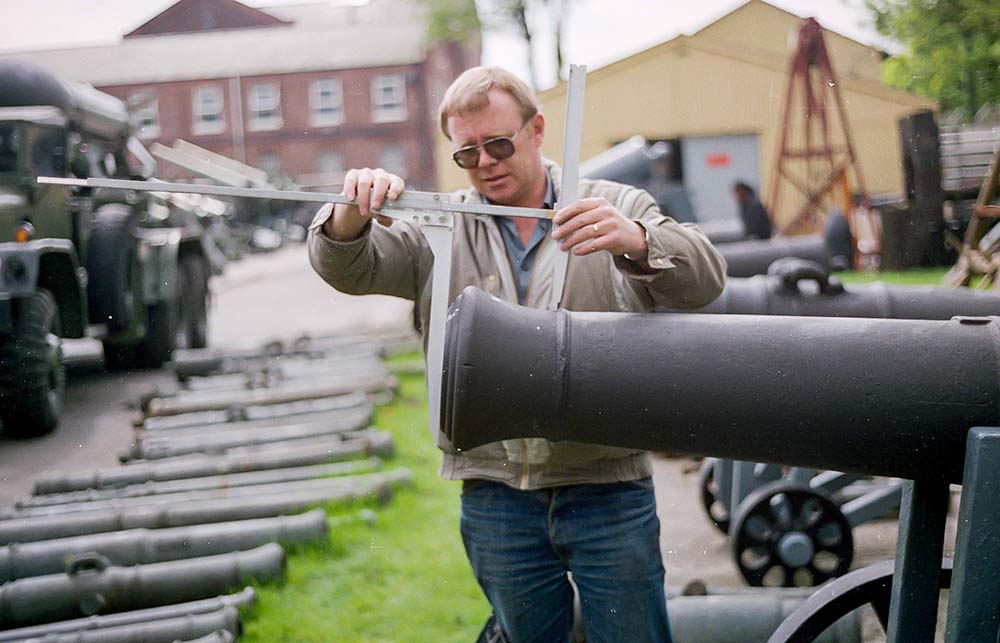Welcome
With the fall of the Iron Curtain, the illusion of eternal world peace without wars and conflicts began in Europe, with weapons becoming a taboo and deemed the cause of all evil. Thus began the need to justify and explain my 'politically incorrect' interest in historical artillery when given the chance. My interest in artillery was not born to me, but was a practical necessity, which is why I must once again explain the purpose and aim of my work. By the age of eleven I was already an avid ship model builder alongside my love of ships, navy, geography, history, and admiration of Admiral Nelson. In my opinion, sailing ships were one of the most ingenious inventions of our civilization. As I got older, my visits to maritime museums and my acquisition of detailed information on rigging, equipment, ship plans and building instructions for building model ships increased. Only regarding naval artillery there was no technical information to be found, which didn't seem too tragic since all guns looked about the same on all ship models I had ever seen. My last 1/25 scale model built was a flat deck corvette from a Hornblower book, started on 2/21/1975 and completed on 6/4/1984 in Israel with 1,879 actual hours worked.
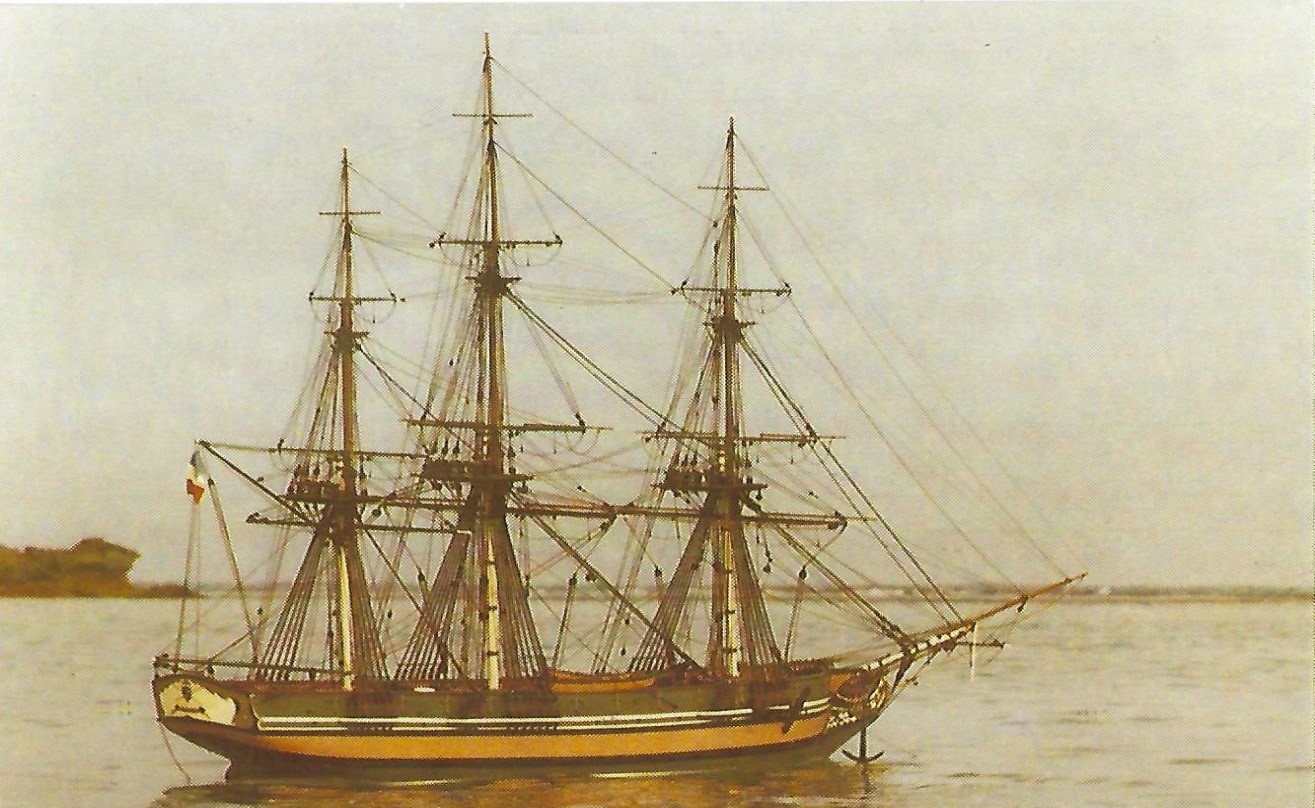
My last ship model in 1:25 scale, today in the museum of Kibbutz Nahsholim, Israel
In January 1985 I began a course in the restoration of archaeological artefacts at the National Maritime Museum in Greenwich. I had no doubt that in a matter of weeks, in my spare time, I would find the information I was looking for about naval artillery in the famous London museums. To my boundless amazement, I was just as unsuccessful as before, but I was seeing an original Carronade for the first time. After 1,879 hours of work, I had to accept that the guns of my model had little in common with real guns, an unbearable realization and fact.
- Rotunda 1986
- Gun length, Rotunda 1986
- Trunnion position
- Muzzle length
The only remaining option was to construct suitable measuring instruments and to record the surrounding guns in every detail and to draw plans for the work on the lathe. After about a hundred guns measured, I began to realize the enormous complexity of historical artillery. It was the end of my model ship building and the beginning of a fascinating journey of discovery in the field of historical artillery that continues to this day. In 1990, to support my voyage of discovery, I completed a three-year degree in European history from a university in England. In addition to acquiring academic skills, there was the certainty that there is very little in our modern society that did not begin or was initiated directly with historical artillery (Guided Tour Solothurn). As far as I know, there has only been a comparable discovery in underwater archaeology with the recovery of a historic shipwreck in good condition. Why this rich information potential was so consistently ignored by historians, academics and museums remained a mystery for several years. I had to analyse and explain this incomprehensible situation to perhaps be able to find a practical solution.

Woolwich Proof Register, Tower of London
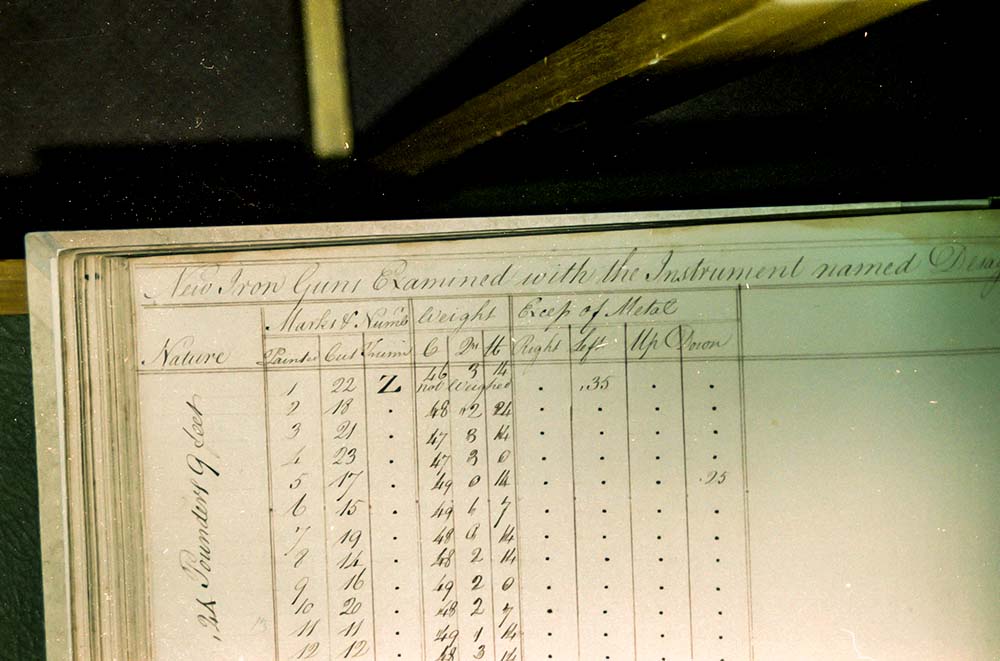
Woolwich Proof Register, Tower of London
The largest collections of historical artillery material are in numerous and often world-renowned public museums, many of which I have visited. However, I was only able to find three examples of a serious scientific catalogue of such artillery collections. Originally, many of these museums represented national status in the 19th-century competition to prove itself as a 'cultural nation'. At that time, the museum employees were interested professionals in science and research with respect for the collected objects, the museum was a scientific window for the general public. Today, these 'professionals' are mostly just public employees of a state agency with a similar mindset and corporate culture. Over the decades, my experiences in many museums and countries with inadequate inventories and questionable identifications of artillery objects have accumulated. Technical knowledge of artillery is mostly minimal. The artillery objects disappear from the exhibition to the depot, and research and information about artillery in particular was sometimes even forbidden. A correspondent even mentioned that the search terms 'weapons' and 'artillery' were deleted from the search index of his public library. My visits and research were mostly tolerated with professional courtesy and helpfulness. To be fair, it must also be mentioned that I am not aware of a single course or seminar that imparts specialist knowledge of artillery. Unfortunately, my rather negative personal perceptions of museums were repeatedly confirmed by inquiries from all over the world. These were often justified by the explanation that the local and even national museums did not respond, they had no knowledge or interest in historical artillery.
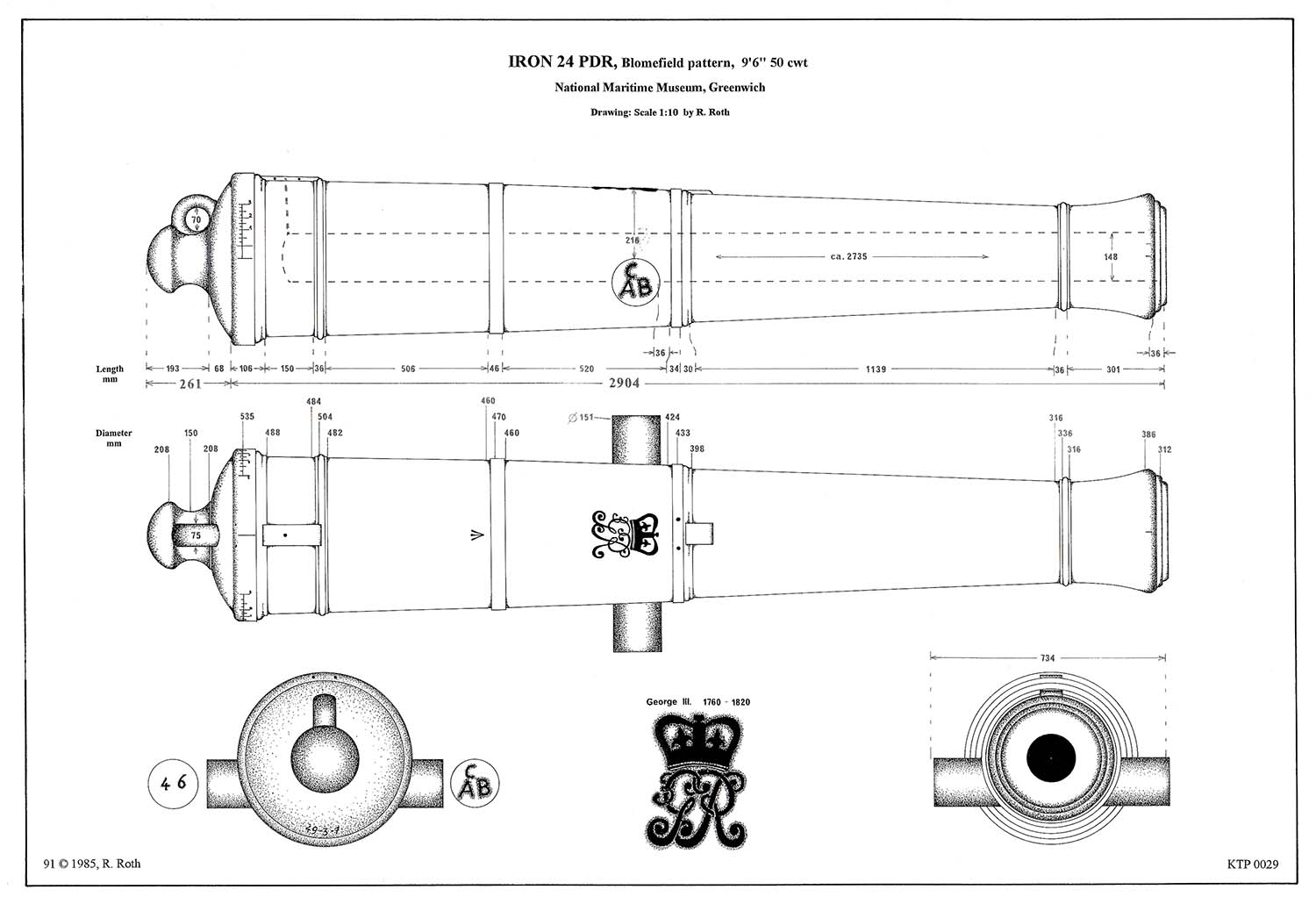
Drawing no. 91 with measurements
In my understanding, this is a huge waste of cultural potential, tax money and the reputation of the museums. The problems with information and communication could be solved with a true-to-scale drawing including dimensions. The language barrier for superfluous explanations, different specialist knowledge or confusing technical terminology were all eliminated. Everyone can understand everything according to their own knowledge and ability. The drawing is the optimal means of communication with the only disadvantage of a considerable amount of work to produce, which, however, remains for all eternity.

Transporting a cannon, Thun 2003
In 2008 I got my first and only paid job for the inventory of the artillery material in the Museum Altes Zeughaus in the canton of Solothurn. The director allowed me to carry out this task without restrictions. This enabled the introduction of a 'systematic' to solve the main problem of 'expertise'. In practice, this meant the detailed recording of all artillery objects, including ammunition, to create the basis for naming the various objects. This enabled a teaching building to be created to enable a structured learning program and seminars for the entire field of historical artillery. This included a time-saving and cost-effective means of communication for the daily use of the employees and for answering inquiries, which could be corrected or supplemented at any time (Doc. Kanone 1246). With the Museum Director's retirement, I too was immediately dismissed, after recording about 85% of the artillery material, or over 2,200 objects, during a year. The document I wrote (Kanone 1246) after my dismissal is an example of the methodology of my work, but the new management was not interested. It once again confirmed my previous experience that the 'professionals' of today's museums only want to understand all proposed solutions from outside 'amateurs' as criticism of the museum or employees, as is usual with authorities.

Measuring a gun

Weighing a gun, Solothurn 2009
With the current political dogma and 'political correctness', my work could never become a business model. Therefore, my efforts are mostly voluntary with the occasional financial support towards the expenses of my work from the owners of the artillery material. My efforts to improve the historical artillery sector in museums have been largely unsuccessful despite the profound historical informational value of these ancient guns. Encouraged by the many inquiries and complaints from model makers, researchers, historians, archaeologists, divers and figures in living history, among many others, this home page has been redesigned. It is intended to provide a forum for museums and all interested parties to promote knowledge, provide information and enable access to historical artillery. I want to sensitize interested people and, last but not least, inform them about the waste of a large cultural potential at the expense of taxpayers. The costs of a drawing is intended as a nominal contribution towards covering the cost of recording the gun. (Gun drawings). Over the years, numerous reports and answers to inquiries about historical artillery have also accumulated, which could be of interest to many visitors to my homepage (Various). My own publications and links might be of further help. If you have any questions, you are free to contact me. Thank you for your visit and I wish you every success in your research and projects.
December 2021, Rudi Roth
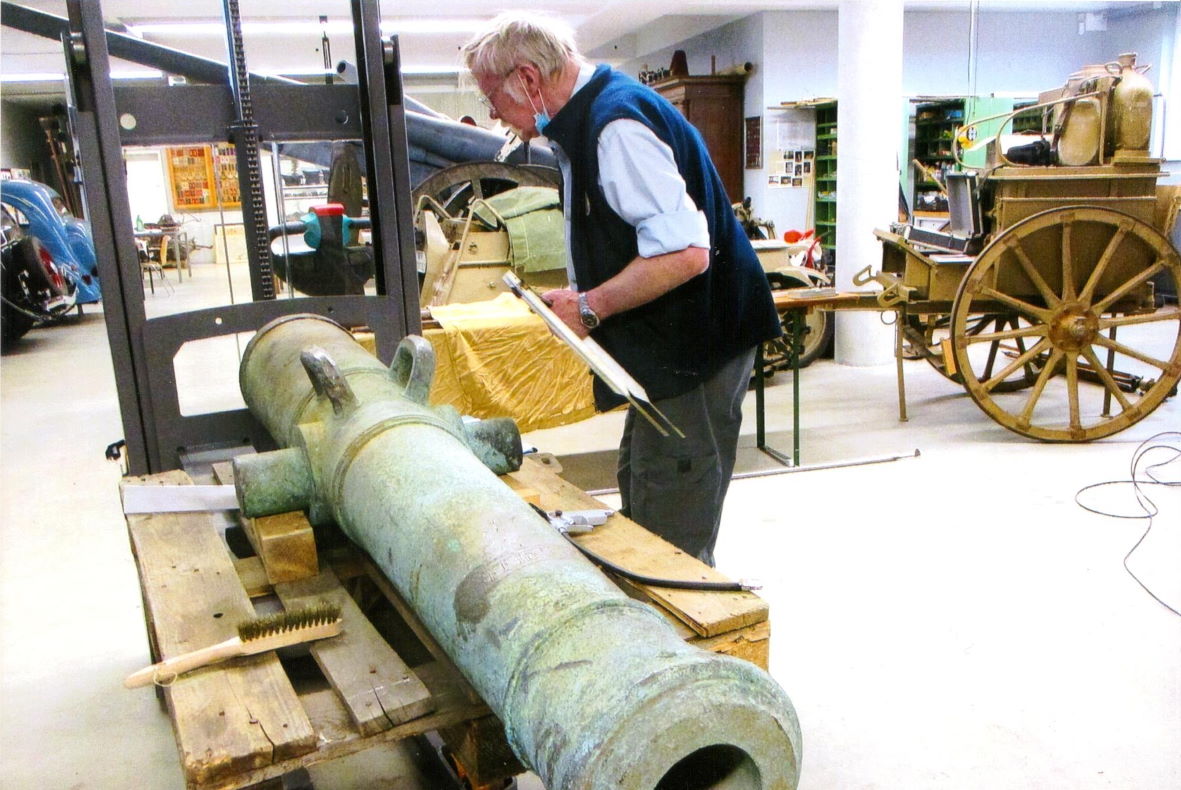
Measuring a cannon, Germany 2022


